Bat Trang is not only famous for its pottery making, which is considered to be the quintessential creation of earth, but is also the cradle of a unique culinary hobby of the capital.
Bat Trang is not only famous for its pottery making, which is considered to be the quintessential creation of earth, but is also the cradle of a unique culinary hobby of the capital.
The artist's chair
Bat Trang ancient village, Gia Lam district, Hanoi, on the days before Tet maintains its inherent "form" of a long-standing pottery village - still bustling with buyers and sellers, carts pulling goods, villagers going in and out busily doing business.
Going deeper into the village, where there is a majestic communal house, looking straight out to the windy Red River, are about 20 ancient roofs that have quietly existed for nearly several centuries. Attached to this space, Bat Trang dishes become the "soul" of the pottery village culture, the "hook" that attracts tourists from all over to enjoy and admire.
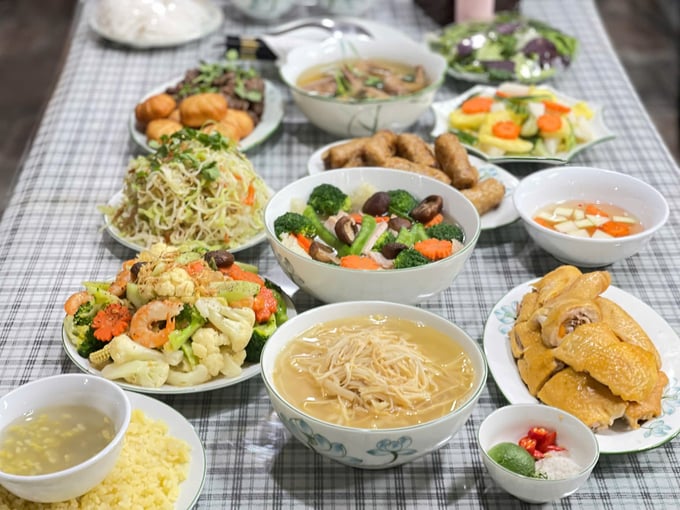
At first glance, Bat Trang dishes look similar to wedding and event dishes, but each dish on the tray is the result of a very elaborate process of selecting ingredients and cooking. Photo: Linh Linh.
Bat Trang's feast is both strange and familiar because there are very familiar dishes, available every Tet such as banh chung, nem ran, tom bong thit moc soup... But there are also quite strange dishes, at first glance you would think they are in a wedding feast, but in fact they are indispensable dishes in holidays, Tet, funerals, and weddings of Bat Trang people for hundreds of years.
“Bat Trang feasts are elaborate from the preparation of ingredients to the cooking method. The same dish, the same recipe, but people outside the village may not cook it as well as here,” said young culinary artist Pham Thi Dieu Hoai, Bat Trang village 2, as she busily prepared ingredients for more than a dozen feasts to serve during the day.
In the past, because it was located near a large river, this was a bustling trading place with regions everywhere. Delicious and strange foods from all over the world naturally came and were selected by the locals, transformed into everyday dishes. The skillful hands, carefulness, and perseverance from the daily pottery making work of Bat Trang people gradually "quintified" the dishes.
To be worthy of the value of ancient dishes, modern-day cooks like Ms. Hoai spend a lot of effort learning, maintaining and promoting. Originally a person who loves the kitchen and cooking, this petite woman has been recognized as one of the five youngest culinary artists of the ancient village.
As one of the villagers who regularly maintains culinary culture, and also carries the "burden of responsibility" of a young artist, Ms. Hoai focuses on and takes care of each dish on the tray.

The road next to the ancient communal house leads to houses nearly a hundred years old, where the flavors of famous dishes of the capital are nurtured.
“Making a feast as an artisan has many differences. Tourists come to me and are curious about the feast made by the artisan, so they not only enjoy it but also evaluate it. If it is not prepared properly and does not pay attention to each dish, it will not only affect my own brand but also the efforts of the village’s culinary artisans over the past hundreds of years,” Ms. Hoai shared.
Ms. Hoai is not the only one who thinks this way. As the next generation to carry on the family's culinary craft, Mr. Le Huy, son of culinary artist Nguyen Thi Lam, village 1, Bat Trang village, also emphasized the two factors of "tradition" and "preservation" throughout the story of the pottery village's feast.
Without the need for loud advertising, Mr. Huy's kitchen still regularly receives 5-10 trays of food every day on the occasion of Tet, and even resolutely refuses to accept more orders to ensure the best quality of the dishes. This is also the wish of artisan Nguyen Thi Lam, who is about to turn 90. Despite her limited health and inability to cook, she still regularly asks questions and passes on her lifelong experience to the next generation. Since then, in addition to business thinking, the work of cooking and serving guests from all over the world is still done by the next generation every day with the heart to preserve the family tradition in particular and the unique culinary culture of the village in general.
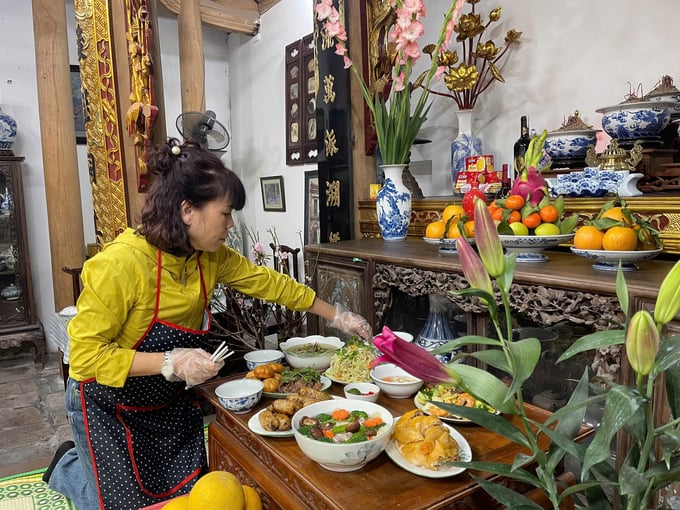
Ms. Hang, daughter-in-law of culinary artist Nguyen Thi Lam, is the next generation, continuing the family tradition of making feasts. Photo: Bao Thang.
“Family members actively participate in the cooking process, both to continue their parents’ work and to maintain family joy and pride. Making traditional dishes is a passion and a source of joy for us,” Huy shared.
Meticulous to every dish
In the first days of the year, going to Bat Trang to enjoy a new feast or the gourmet of the pottery village. Just talking about the finished bamboo shoot and squid soup, the bowl of soup placed on the tray is not too special in color but is elegantly beautiful. The bamboo shoots and squid fibers are delicately interwoven, mixed in a rich broth that is a combination of delicious sweetness from chicken broth, pork bone broth and shrimp.
Artisan Pham Thi Dieu Hoai shared that the famous squid bamboo shoot soup is not only because of the sophistication and meticulousness in the preparation, but also because of the delicate flavor, the perfect blend of precious products of the mountains and forests (steamed bamboo shoots) and the ocean (squid). This dish is not only a symbol of the harmony between earth and sky, but also has a profound meaning of the convergence of the quintessence of all directions. Therefore, in the past, squid bamboo shoot soup was considered a delicacy, once offered to the king as a symbol of respect and luxury.
In special dishes, the famous bamboo shoot and squid soup not only requires sophistication but also requires the highest quality ingredients. The squid used must be fresh and delicious, through many elaborate processing steps such as peeling off the shell, soaking in ginger wine to remove the smell, grilling on charcoal, then pounding and shredding, then frying until golden brown to bring out the aroma. The bamboo shoots must also be selected from the best part, removing the young and old ends, meticulously peeling each strand so that it is both soft and retains its natural crispness. Strangely, in today's advanced times, the process of peeling bamboo shoots and squid to produce small and thin strands like toothpicks is still done by hand and sewing needles.
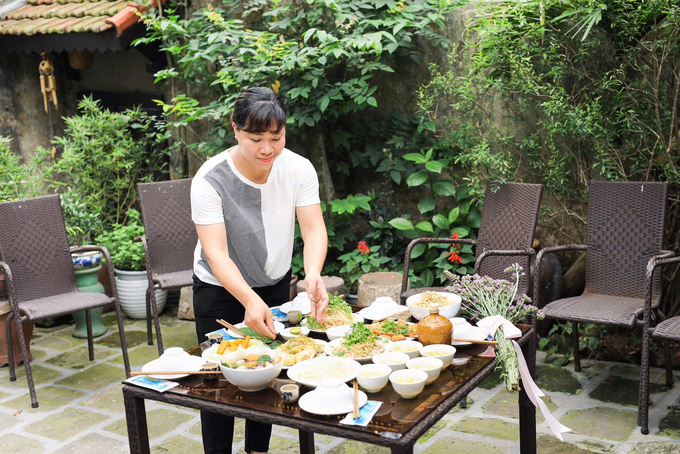
Artisan Pham Thi Dieu Hoai prepares a tray of food at the ancient house.
Not only the people of Hanoi's Old Quarter are sophisticated in their cuisine, Bat Trang people also favor seasonal flavors, trying to capture the essence of the land and sky in each dish. Just like flowers blooming at different times, there are delicious dishes that only wait for the right season to truly be delicious. In February and March of the lunar calendar, when the season of sardines and anchovies returns to the Red River, Bat Trang village market is bustling with fresh fish, waiting for artisans to come and choose.
Sardines are often grilled, with crispy skin and fatty, fatty fish meat. Sardines are processed more elaborately by mincing the fish meat, skillfully mixing it with minced pork, dill, garlic, chili, and then rolling it into balls. The artisans can steam, fry, or cook ball soup with green plums, each preparation method opens up a unique flavor, rich yet elegant.
The way of making shows the meticulousness and sophistication that only Bat Trang has. That is why Mr. Le Huy can confidently say that, even if he gave the recipes for Bat Trang dishes to curious guests, few people could make them as delicious and authentic as here. It is the quintessence of experience, through the skillful and careful hands of the pottery village people, that has nurtured and fanned the fire for each dish filled with the ancient flavor.
Source: https://nongsanviet.nongnghiep.vn/phong-vi-am-thuc-ben-lang-gom-co-d418077.html


![[Photo] Russian military power on display at parade celebrating 80 years of victory over fascism](https://vphoto.vietnam.vn/thumb/1200x675/vietnam/resource/IMAGE/2025/5/9/ce054c3a71b74b1da3be310973aebcfd)
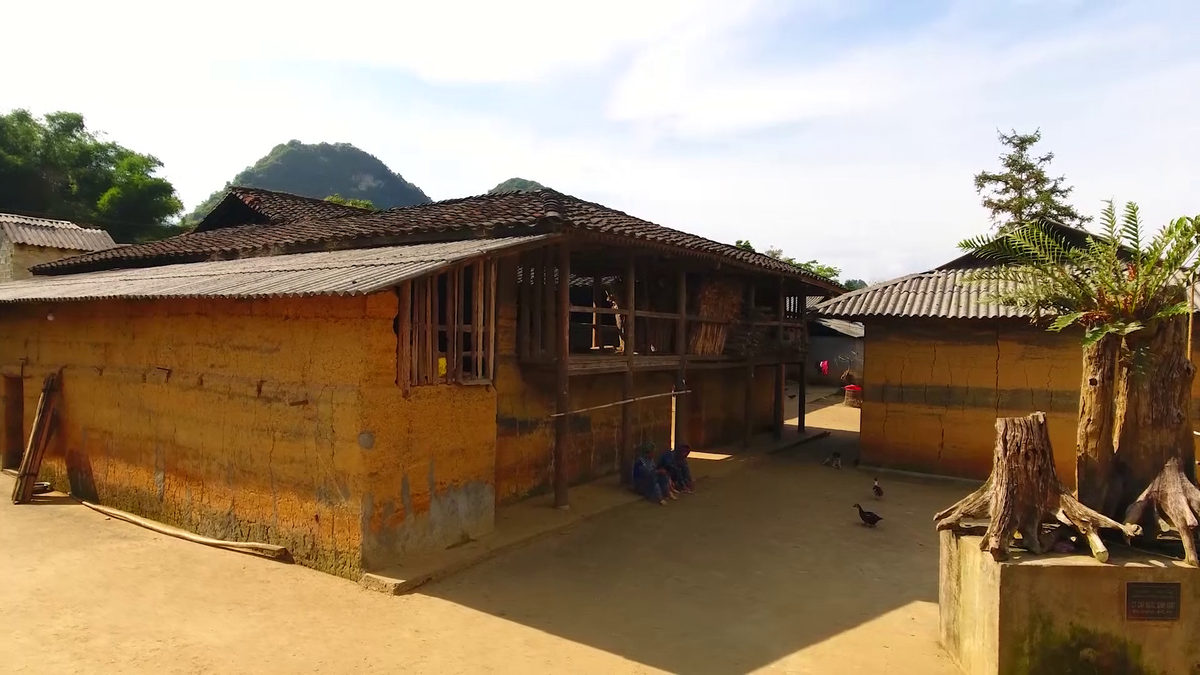
![[Photo] Magical moment of double five-colored clouds on Ba Den mountain on the day of the Buddha's relic procession](https://vphoto.vietnam.vn/thumb/1200x675/vietnam/resource/IMAGE/2025/5/9/7a710556965c413397f9e38ac9708d2f)
![[Photo] Prime Minister Pham Minh Chinh chairs a special Government meeting on the arrangement of administrative units at all levels.](https://vphoto.vietnam.vn/thumb/1200x675/vietnam/resource/IMAGE/2025/5/9/6a22e6a997424870abfb39817bb9bb6c)

![[Photo] General Secretary To Lam and international leaders attend the parade celebrating the 80th anniversary of the victory over fascism in Russia](https://vphoto.vietnam.vn/thumb/1200x675/vietnam/resource/IMAGE/2025/5/9/4ec77ed7629a45c79d6e8aa952f20dd3)



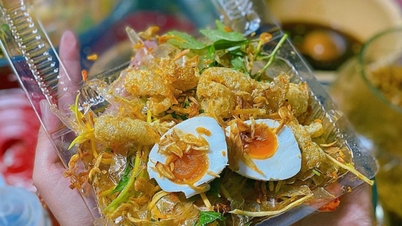

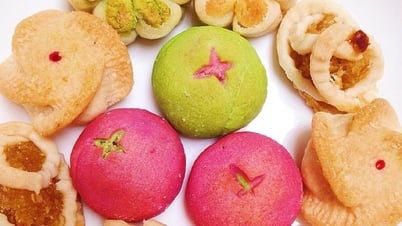
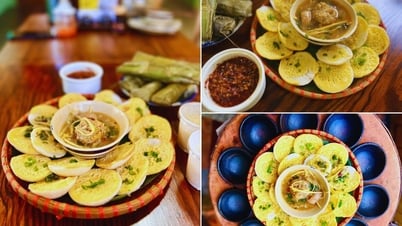
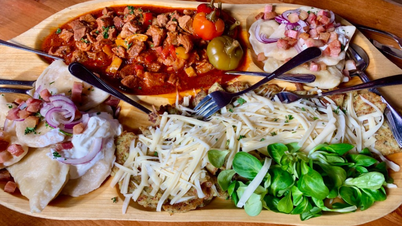

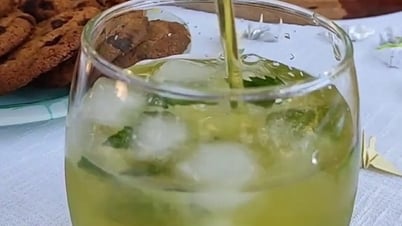
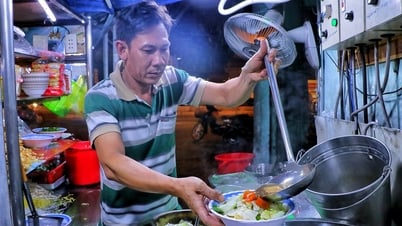
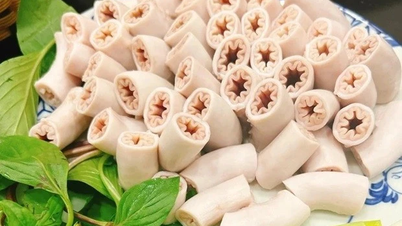
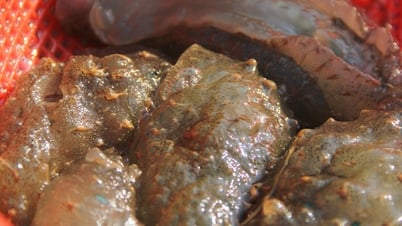
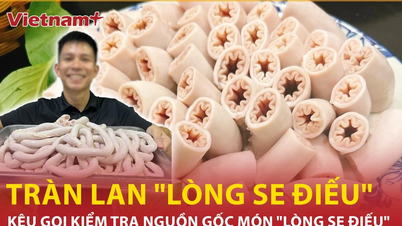








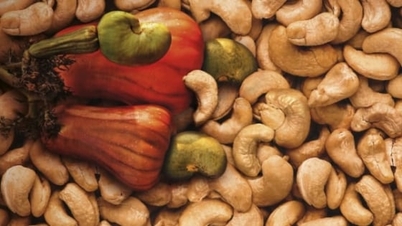

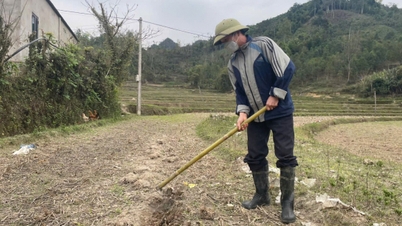



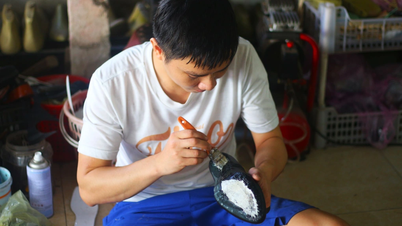













































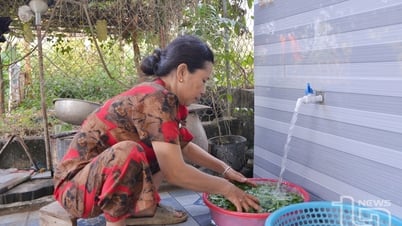














Comment (0)